Despite its name, Binh Yen (Peaceful) Hamlet in Nam Thanh Commune, Nam Truc District, Nam Dinh Province, has for years endured anything but peace. Known for its aluminum recycling industry, this community faces chronic pollution from wastewater and air emissions.
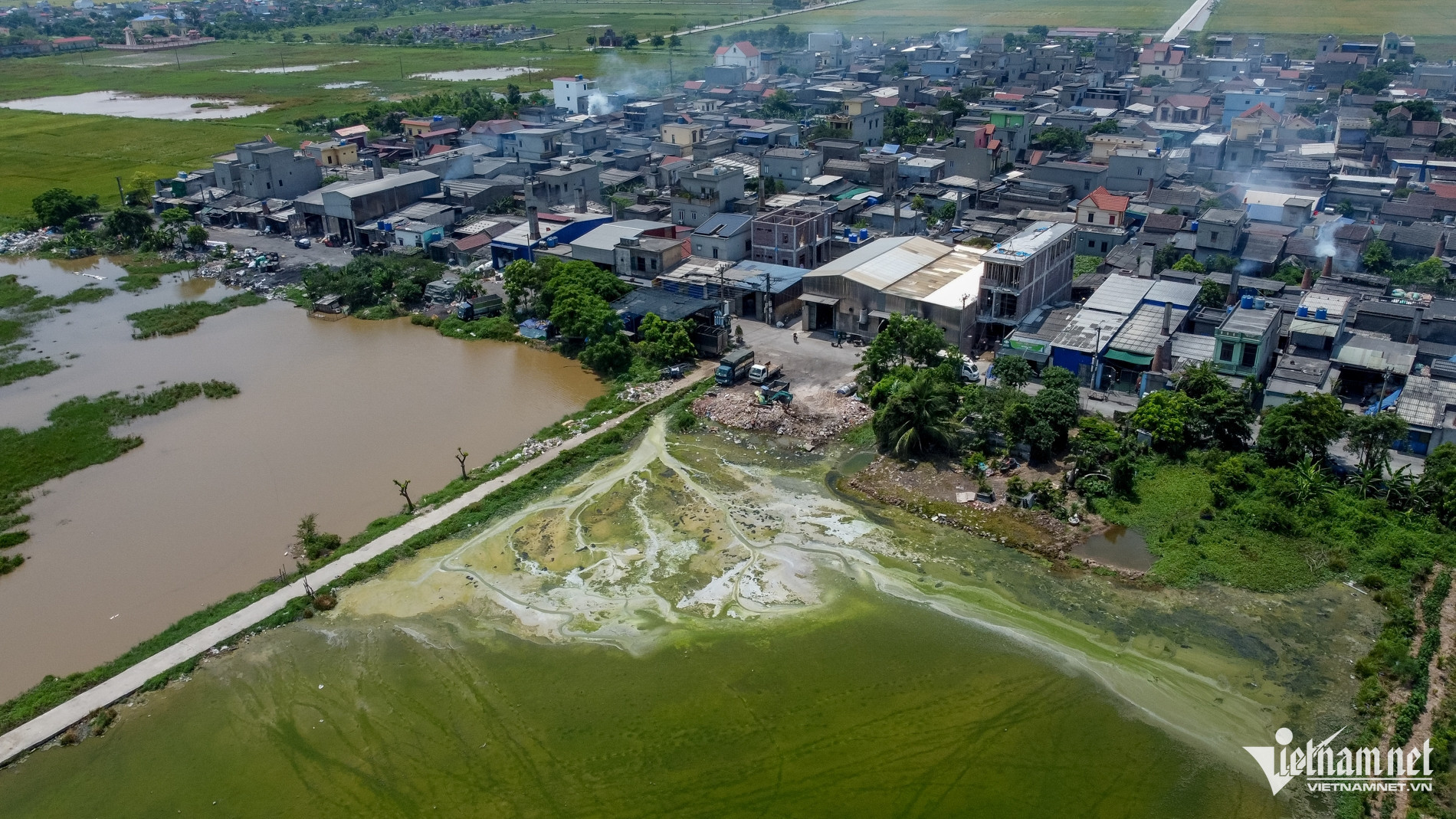
Nam Dinh is home to many industrial and handicraft villages, which have significantly contributed to the local economy and provided jobs for thousands. However, these economic gains come at a steep environmental cost, and authorities are still seeking solutions.
Binh Yen has built its reputation on recycling aluminum from waste materials such as beer cans and other containers, transforming them into household items like basins, trays, and pots.
For more than three decades, the trade has offered a stable income. Some families have even become wealthy, with modern homes and assets worth billions of VND.
But prosperity has come at a high environmental price. Most of the wastewater and air emissions from production are released untreated into the environment.
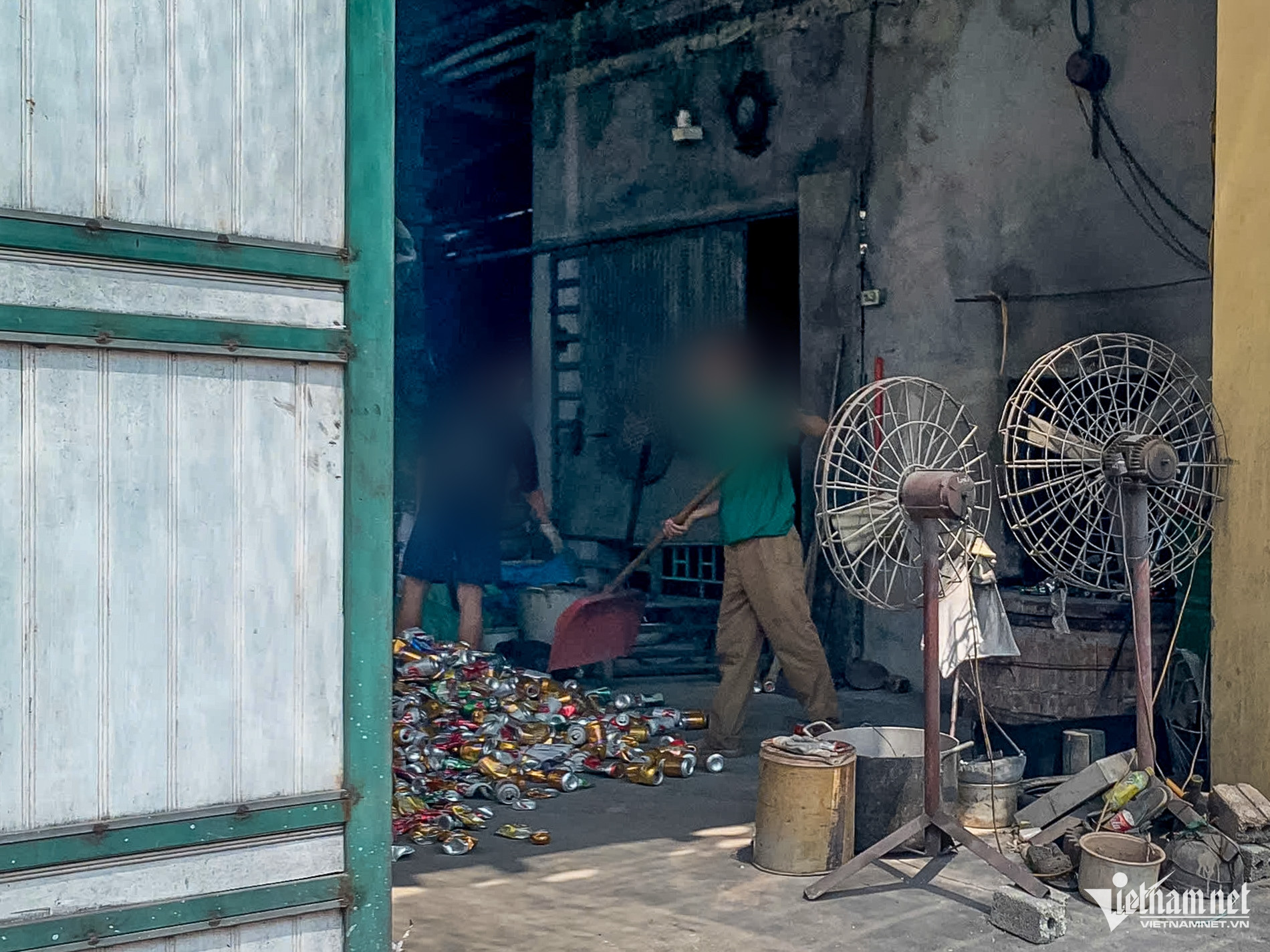
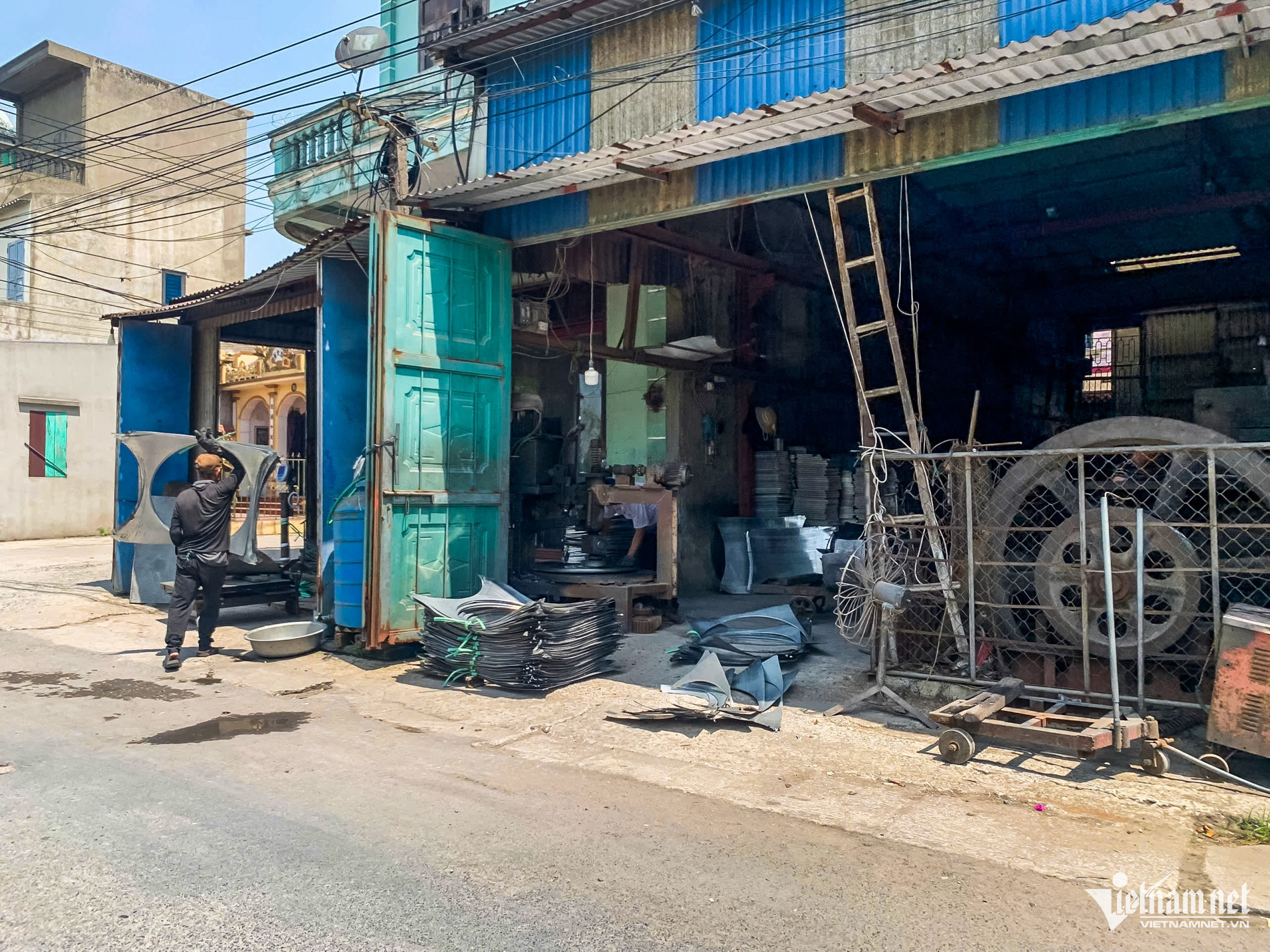
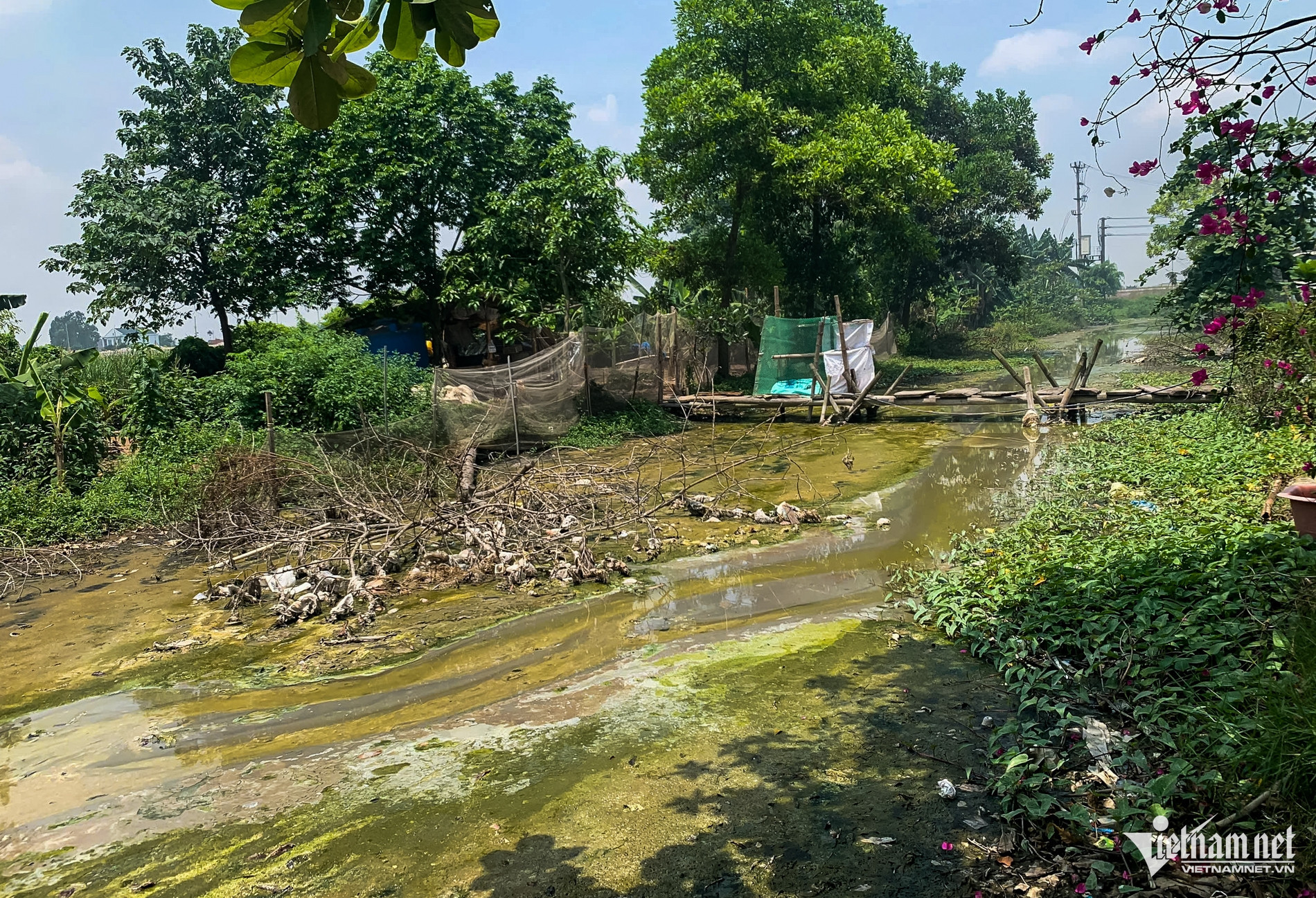
On June 16, a VietNamNet reporter observed thick, black, foul-smelling wastewater in the village's canal system. Many ditches were clogged with sludge, dried up, and filled with stagnant, foul-smelling green and yellow scum. Nearby rice fields lay abandoned, poisoned by polluted water that no longer supports plant growth.
The air is also heavy with smoke and noise from aluminum furnaces that operate around the clock.

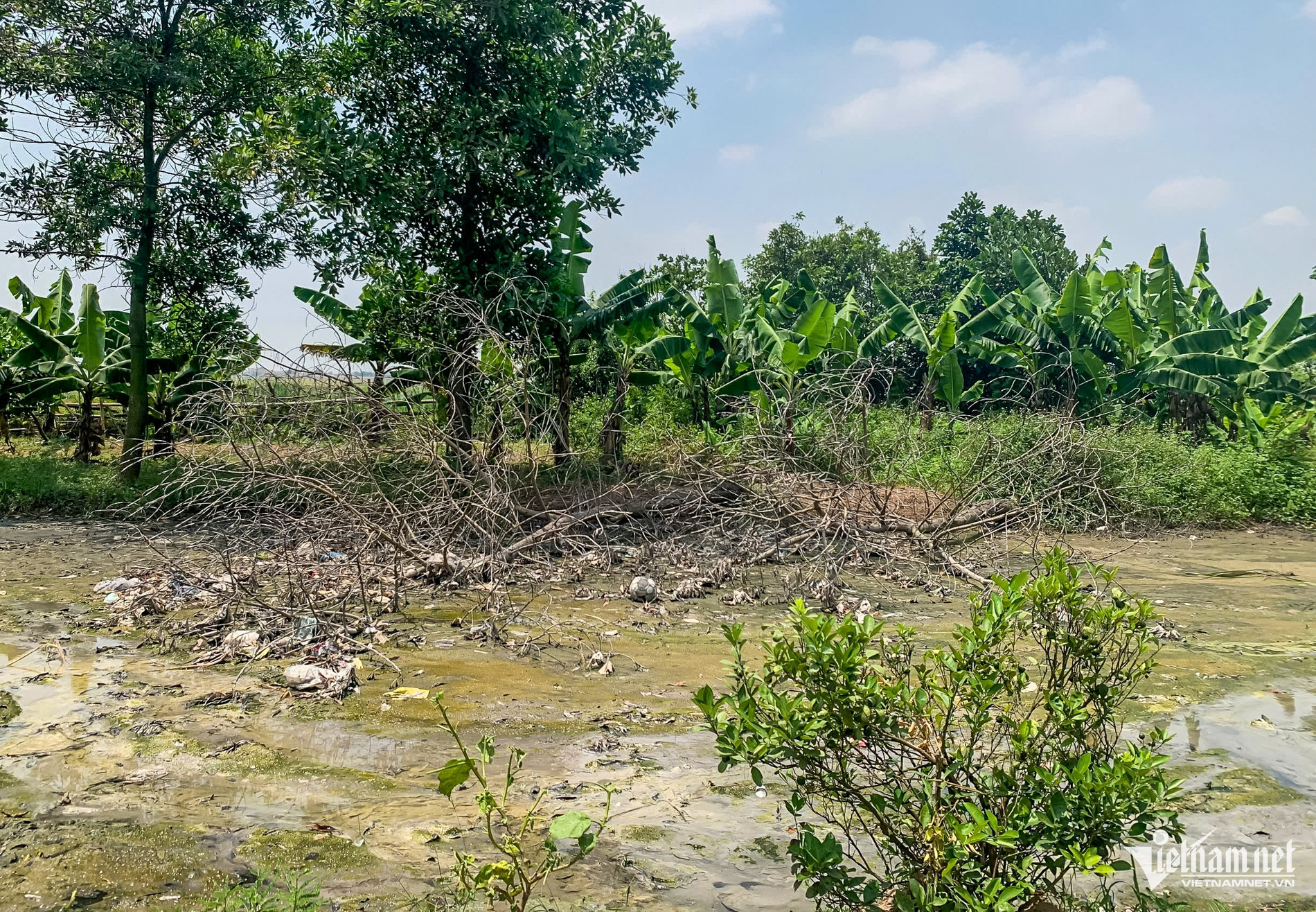
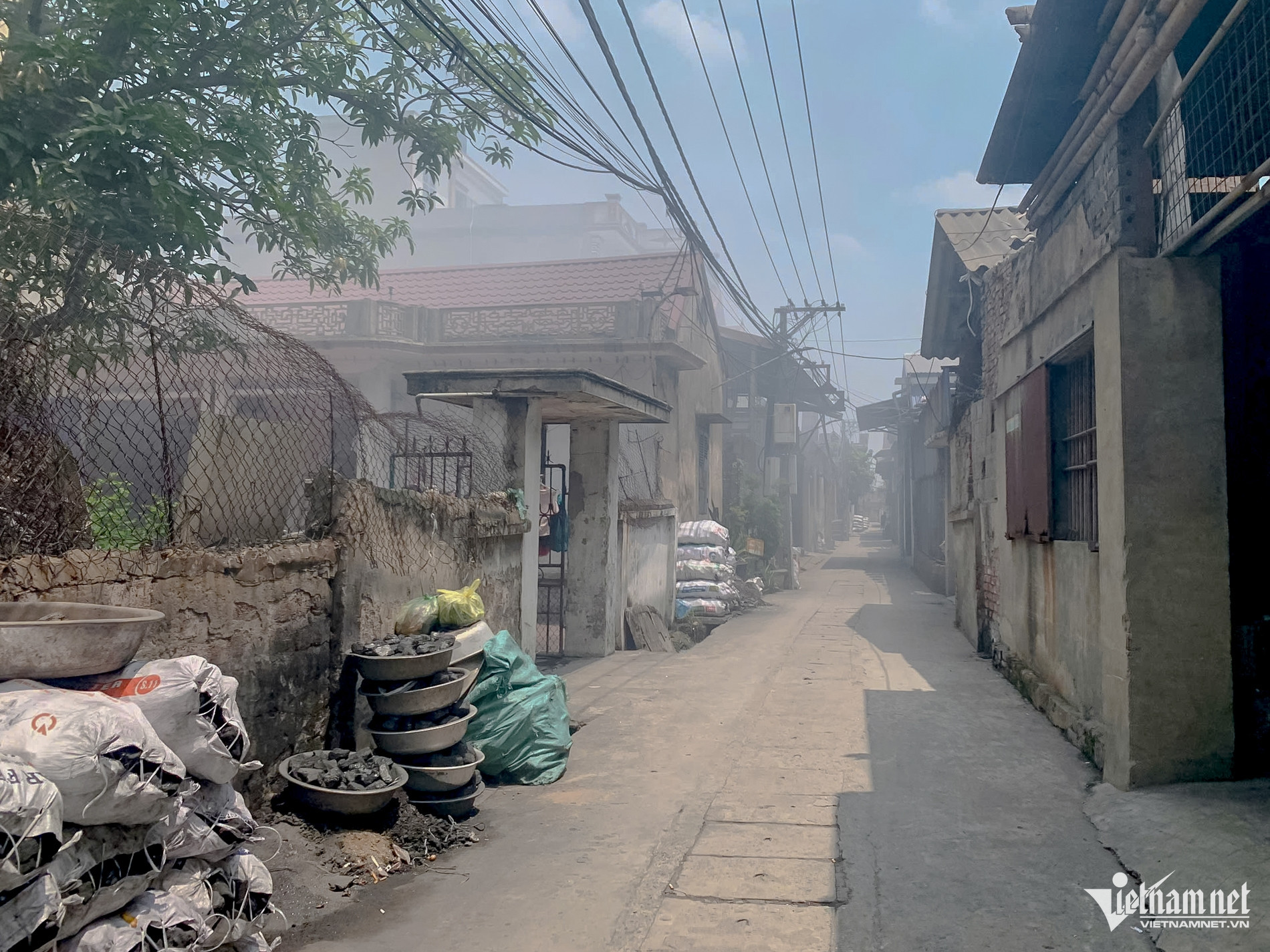
Mr. D.X.H., a local resident, said pollution has persisted for years. Contaminated canal water has forced farmers to abandon hectares of rice paddies.
“Due to worsening pollution, neighboring communes have blocked waterways to prevent Binh Yen’s wastewater from flooding their fields. This has caused stagnant water to accumulate here, making the situation even worse,” he said. “Even if you don’t work in the trade, living here means suffering the consequences. I’m deeply worried about our health, but there’s nothing we can do.”
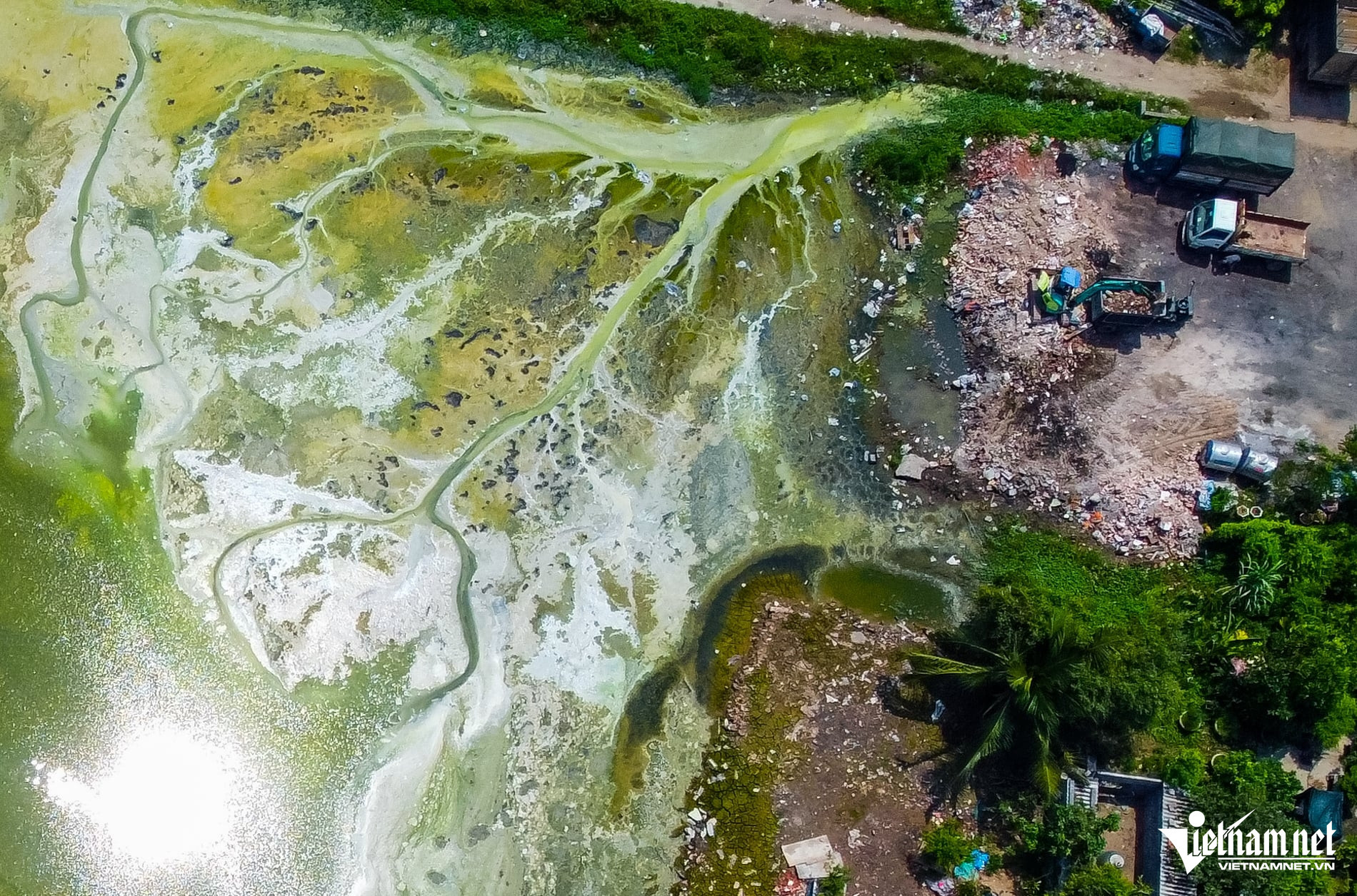
Ms. T., who lives in Nam Hong Commune about 2 km away, has been selling goods in Binh Yen for 15 years.
“I sell from morning until noon near the polluted canals. The air is so thick with smoke from the aluminum furnaces that I always wear a mask,” she said. “I know it’s unhealthy and dangerous, but I have no other way to make a living.”
Binh Yen Hamlet has about 600 households, with over 60% engaged in aluminum recycling. Each day, the village produces tons of hazardous solid waste, including coal slag.
Hundreds of cubic meters of wastewater, contaminated with toxic substances like acid, caustic soda, and chromium from the cleaning and finishing processes, are discharged into the irrigation system, polluting rivers and canals.
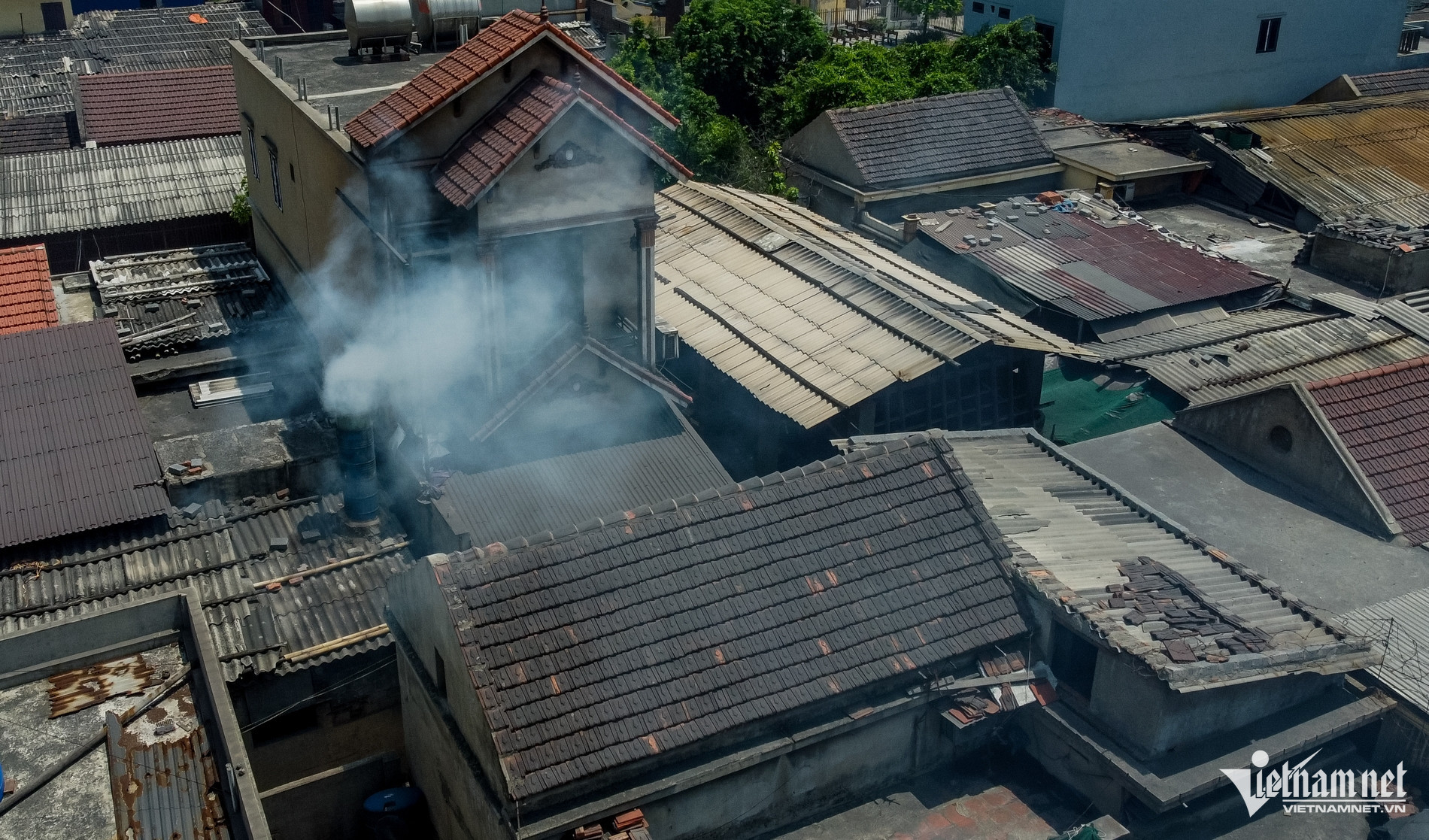
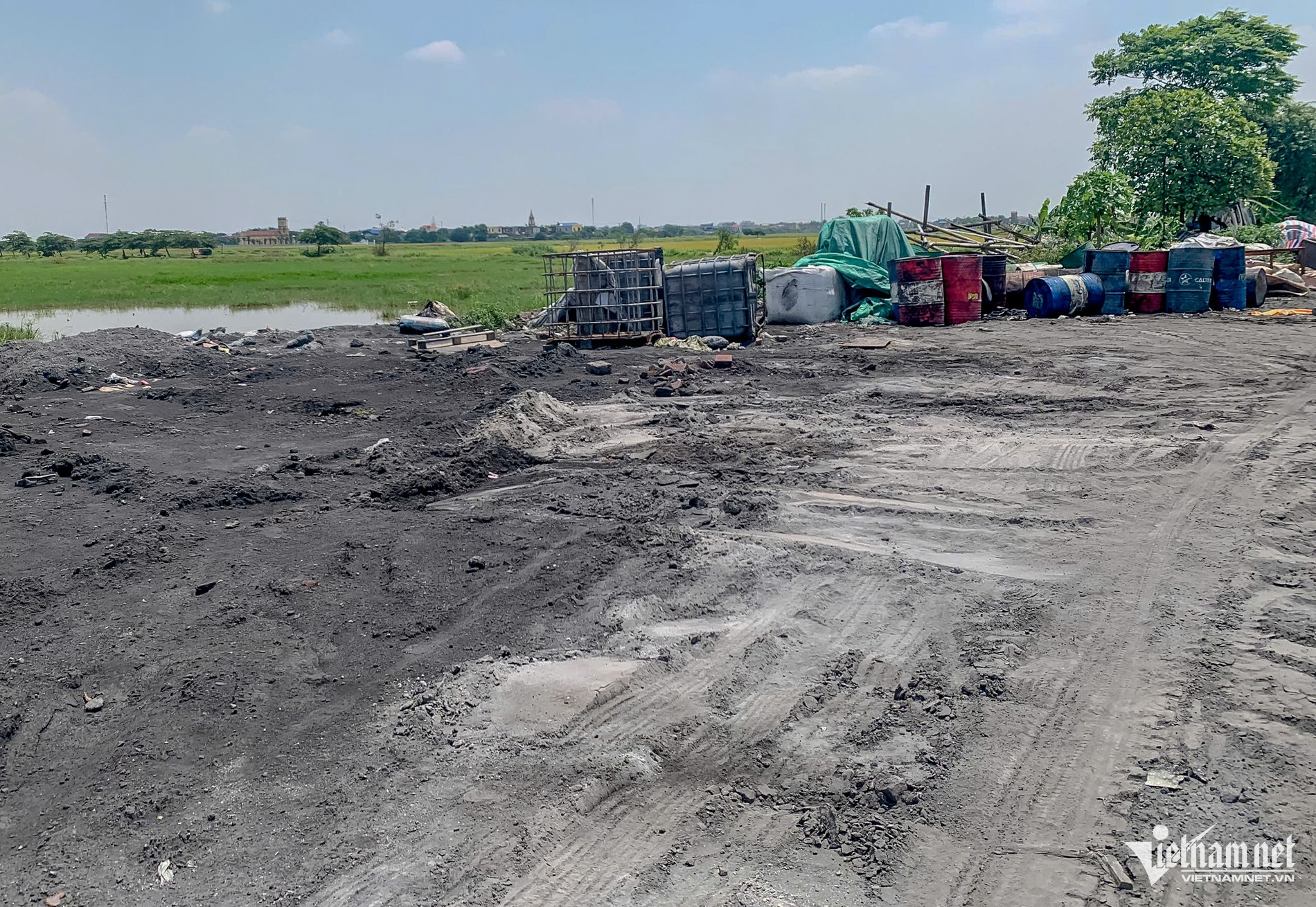
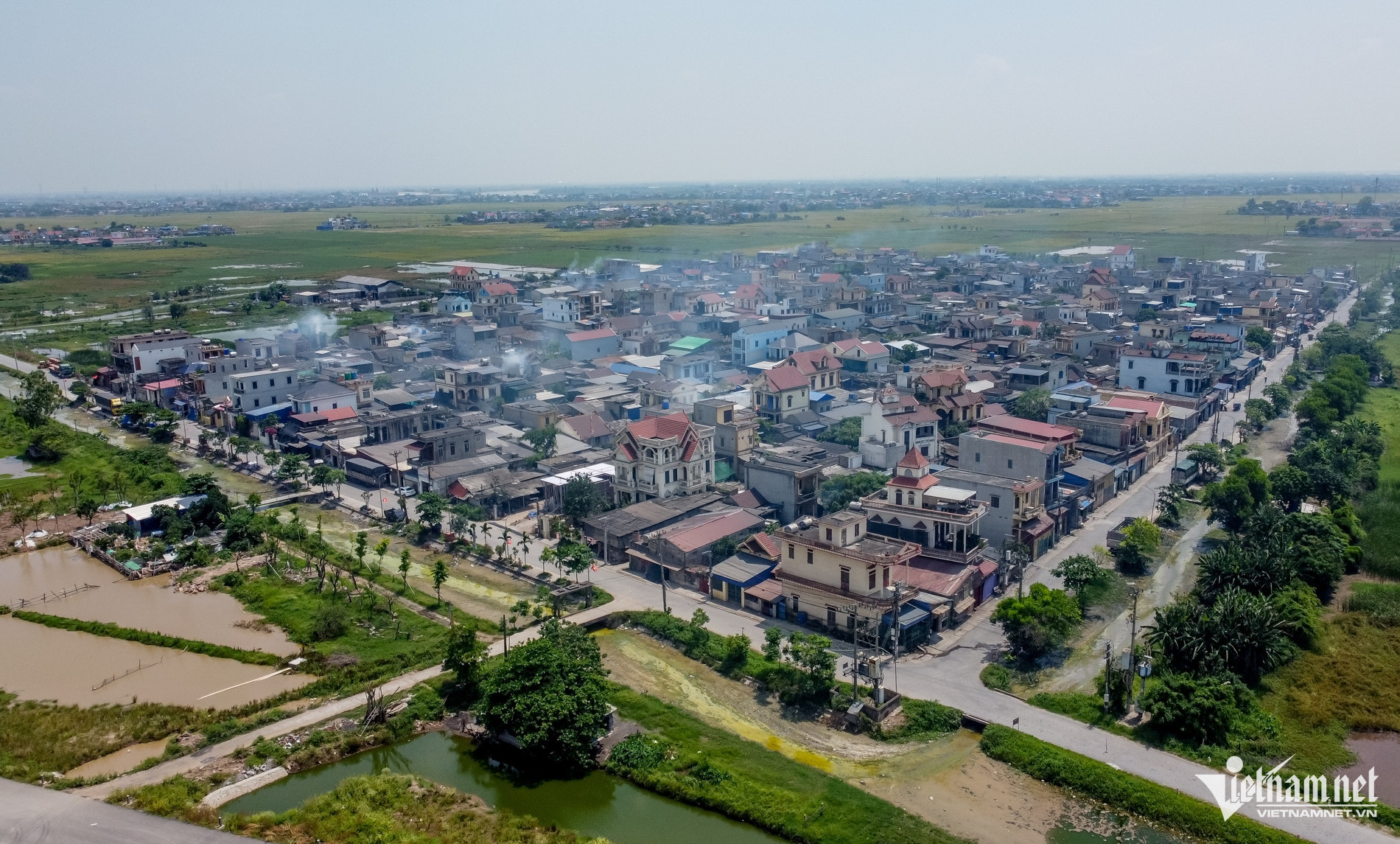
According to Nam Thanh Commune authorities, production generates three waste streams: gas emissions, slag, and wastewater. While slag is mostly collected and transported for treatment, air and water pollution remain unresolved.
A wastewater treatment station was built in Binh Yen in 2014, but it only operated briefly before shutting down due to various issues.
As a temporary fix, a sedimentation pond behind the treatment station is used to collect wastewater and allow solids to settle before removal. However, this solution is insufficient to tackle the problem comprehensively.
In recent years, the local government has dredged canals and ditches multiple times to reduce pollution, but these are just stopgap measures,” said a Nam Thanh Commune official.
“We urgently call on higher authorities to allocate appropriate land and support for developing an industrial cluster where recycling households can be relocated. This would ensure that only businesses meeting environmental standards can continue operating safely and sustainably.”
Trong Tung